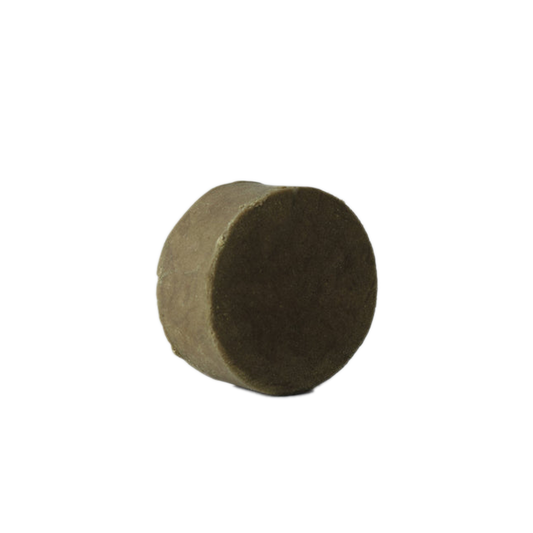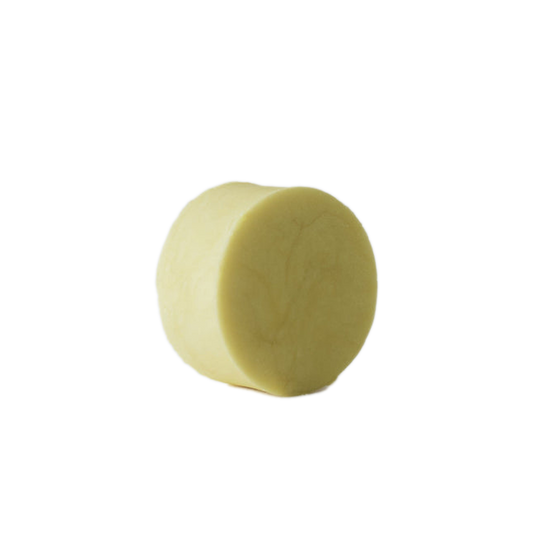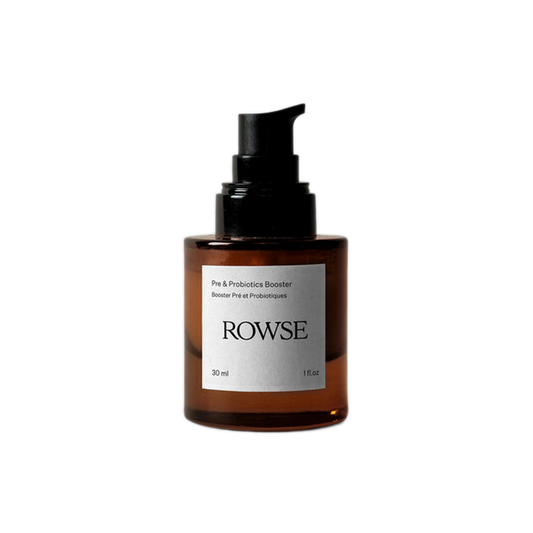Pastel shades and cool colours are Glasshouse staples, so naturally we’re thrilled to welcome the grey hair trend. In the first of our two part series Going Grey, we’re bringing you the lowdown on the best ways to achieve and maintain a grey colour, whilst minimising damage to your locks.
When it comes to grey, it’s important to bear some things in mind before making your colour change decision. Grey shades contain very little warmth and look best against slightly cooler skin tones. If you’re unsure of your colouring, a cool skin tone will usually suit silver jewellery over gold and tend to have a pink undertone to the skin. Glasshouse director Olivia shares her top tips for grey first-timers: “If you’re a little nervous as to whether grey will suit you, I’d recommend keeping a light colour first and going for a pearly silver blonde. This can be a little more wearable and an easier adjustment”.
Another consideration to make is about the condition of your hair. Going grey can take its toll, as it requires a very clean base. Ideally the hair should be as light as possible before the grey tone is put over it and this is something to bring up with your stylist - this way they can work out whether your hair is healthy enough to achieve this.
Lightening can take a lot of natural protein from the hair, and because hair has to be so very light for the grey tone to work well, it’s important that it’s properly cared for throughout the process: “we use the Organic Colour Systems’ Naturlite for the lightening process, which is much gentler on hair than ammonia based lighteners” says Olivia, “We also lighten hair in stages rather than all at once, and take the time to input protein back into the hair using Organic Colour Systems Revamp reconstructor. This contains wheat and quinoa protein to strengthen the hair before, during and after the lightening process.”
Like any hair colour, grey requires a certain amount of upkeep, so it’s key to be prepared. At the salon, grey colour is achieved by applying a silver or grey colour over highly lightened hair, a process. “To give the truest grey without any muddiness, we apply pure grey and silver tones. As this contains no base tone, grey colour doesn’t always last well, so if you’re thinking of going grey I’d recommended that you freshen or tone the hair colour at least once a month” warns Olivia.
And finally, the key to keeping the colour lasting well is to keep the hair in good condition. At Glasshouse our focus is on the long-term health of your hair: “Hair that’s ‘porous’ (in other words low in protein) will take colour easily, but can fall out just as quickly. Artificial colour pigments attach themselves to a natural protein within the hair throughout the colouring process”. With this in mind, it’s crucial to try and get that enviable condition first, to avoid the risk of a “compromised colour result, unevenness and major colour fade”.
Keeping protein levels up in the hair can be as simple as a once a week reconstructive treatment. We highly recommend the Organic Colour Systems Revamp Reconstructor, backing these up with a gentle sulphate and sodium chloride free shampoo to reduce colour fade. We mostly recommend Power Build Shampoo and Conditioner for this type of colour work, however all our Glasshouse approved shampoos are sulphate and sodium chloride free, making them gentle, natural colour savers. The Organic Colour System’s Silver Shampoo is also great to stave away brassiness in between appointments. Keep the use of sun and hot tools to a minimum and remember to bask in the uniqueness of your new silver locks! Grey hair is a shade to be reckoned with and we just can’t get enough of its icy-cool, minimalist appeal.





